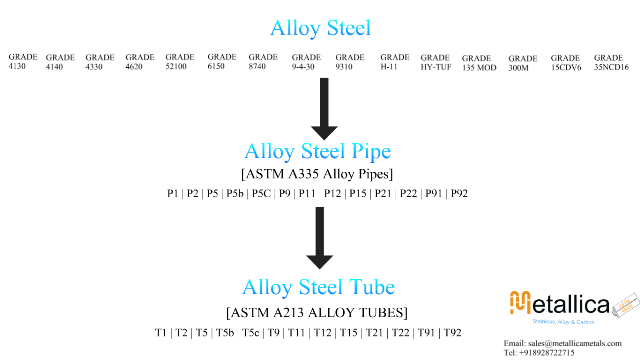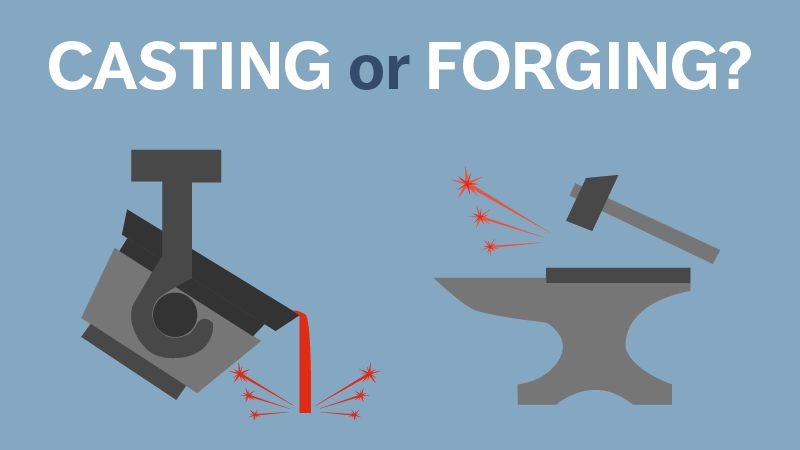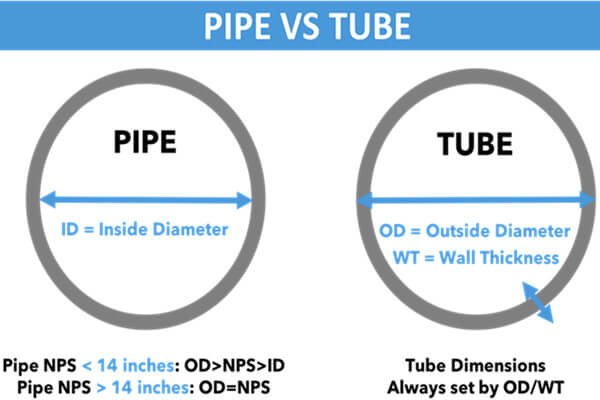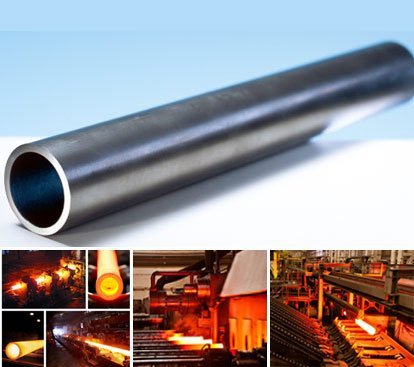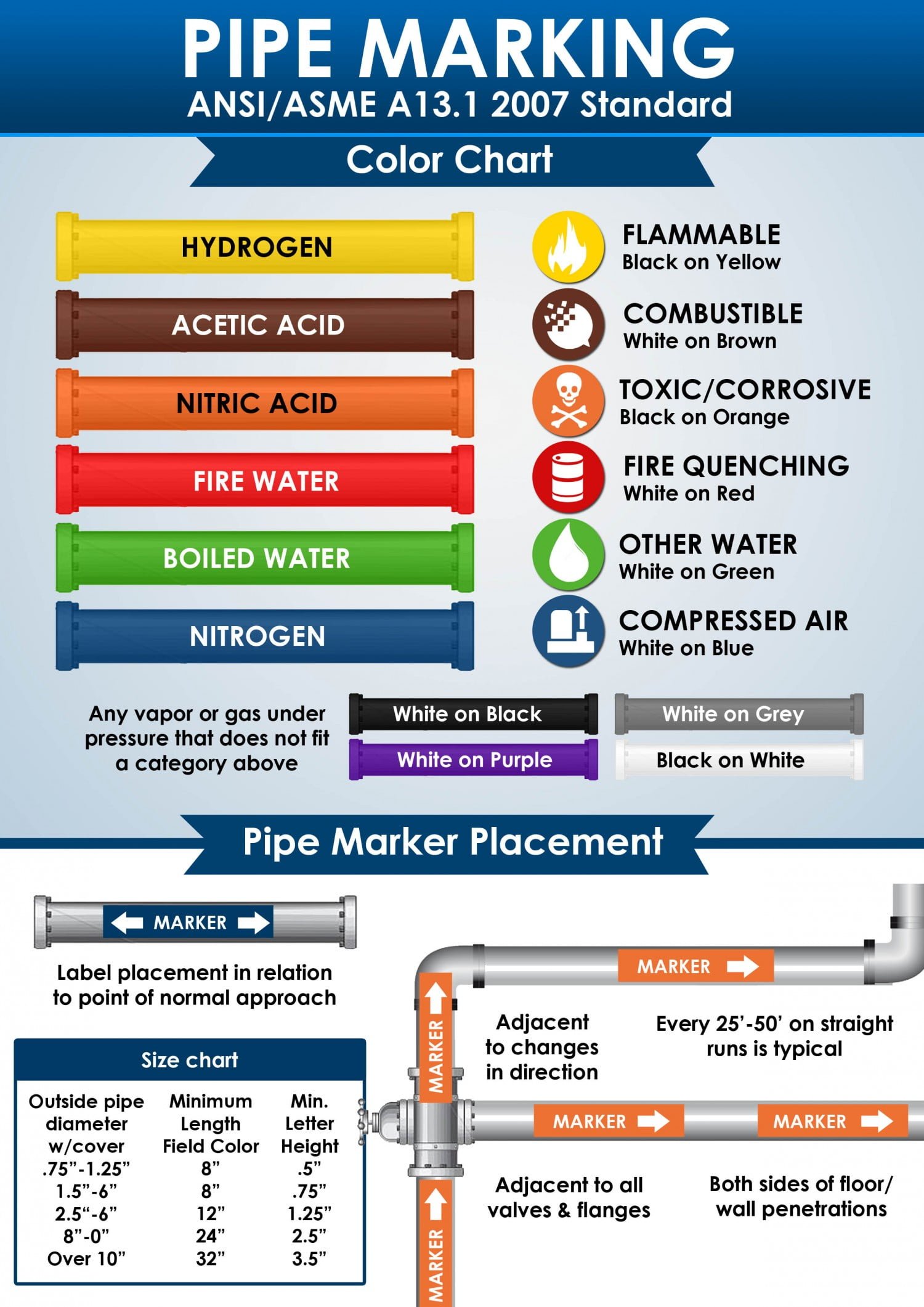What is Alloy Steel?
Metallica is one of the biggest suppliers of alloy steel in India, with over 3000 tons of stock in Mumbai, Maharashtra India. We sell our alloy steel products throughout India, and to international clients. Metallica also stocks and suppliers a wide range of stock of alloy steel pipes, alloy steel pipe fittings, alloy steel flanges and [...]

